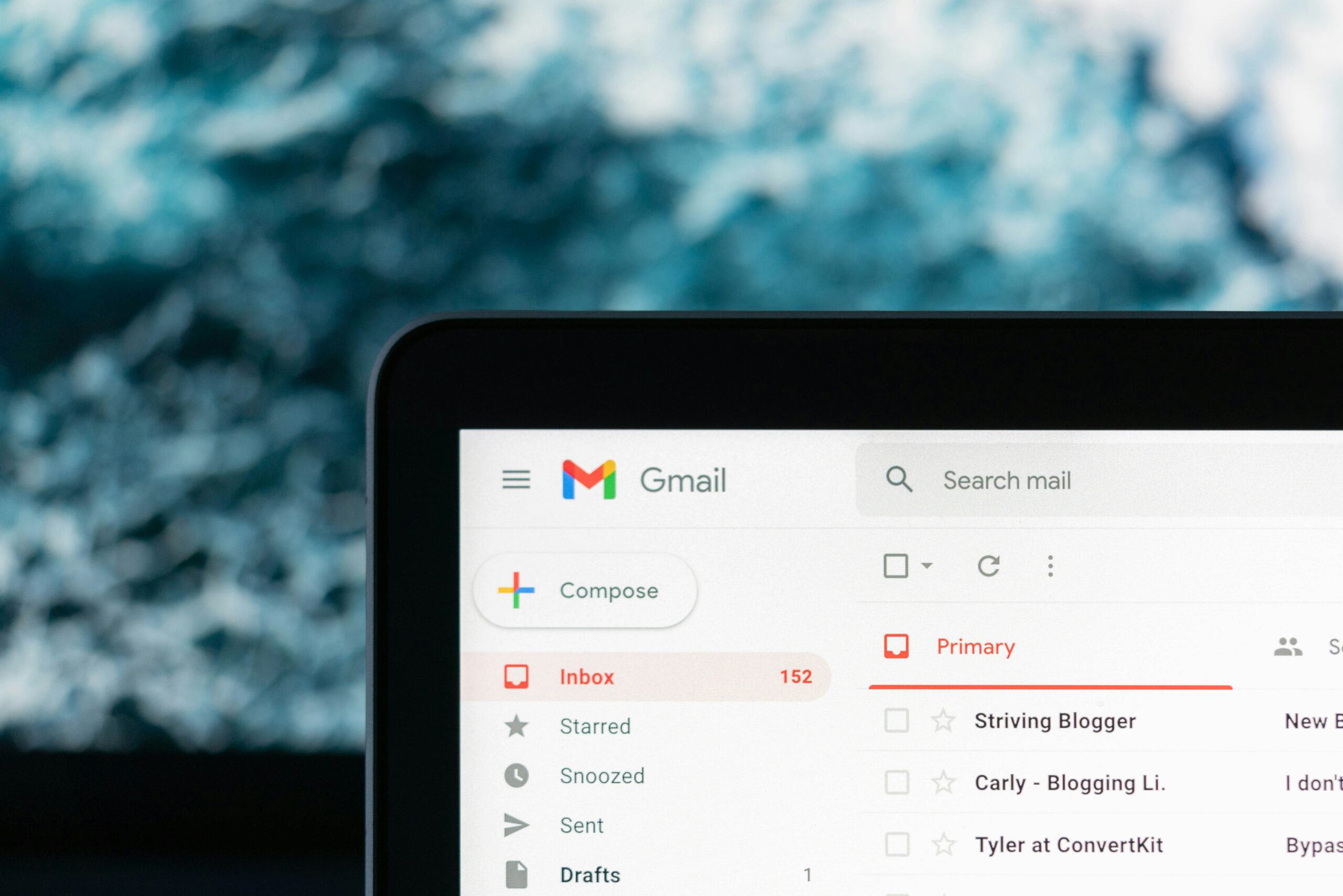Are you struggling to engage leads effectively through email? Lead nurturing email templates can significantly boost your engagement rates and drive customer action. This article will cover the essential components of effective templates, provide practical examples, and share best practices for customization. By implementing these strategies, you’ll learn how to create compelling emails that resonate with your audience, nurture relationships, and ultimately convert leads into customers.
Key Takeaways
- Lead nurturing email templates guide prospects through the sales funnel with personalized messages.
- Effective templates include compelling headlines, clear branding, valuable content, and strong calls-to-action.
- Personalization techniques enhance engagement and improve open rates in lead nurturing campaigns.
- A/B testing helps refine lead nurturing strategies by comparing different elements and analyzing performance metrics.
- Future templates will incorporate AI, mobile app integration, and advanced shopping features for improved targeting.
The Fundamentals of Lead Nurturing Email Templates

Lead nurturing email templates are strategic tools for guiding prospects through the buyer’s journey with personalized, value-driven communication. These templates are more than just reusable formats—they help businesses streamline outreach, build trust, and progressively move leads toward conversion. When crafted with the right messaging, timing, and structure, nurturing emails can increase engagement, improve brand perception, and support long-term sales growth.
Why Structure Matters in Lead Nurturing Emails
A well-structured lead nurturing sequence addresses the evolving needs of a prospect at different stages of the sales funnel. Rather than pushing a hard sell, each email should offer relevant content—whether it’s educational, solution-focused, or testimonial-based—that aligns with the recipient’s current level of interest. Examples of effective email types include welcome emails, value-driven educational content, success stories, re-engagement prompts, and promotional offers.
Using Data to Continuously Improve Email Performance
To get the most from lead nurturing email templates, businesses must adopt a performance-driven mindset. Monitoring key metrics such as open rates, click-through rates, and conversions enables marketers to test and refine their content. By leveraging these insights, you can make informed adjustments to subject lines, email timing, content relevance, and calls to action—ensuring each email in the sequence better supports lead progression and revenue growth.
Essential Components of Effective Lead Nurturing Email Templates

To convert leads into customers, your email templates must do more than deliver information—they must capture attention, build trust, and motivate action. Effective lead nurturing emails achieve this through a combination of strong structure, personalized messaging, and visual appeal. These components work together to guide the reader through the sales journey and keep them engaged at every touchpoint.
Crafting Compelling and Personalized Email Content
A strong lead nurturing email starts with an attention-grabbing headline and a personalized greeting. These two elements immediately set the tone, helping your email stand out in crowded inboxes. Personalization goes beyond using a recipient’s name—it involves tailoring content to reflect their interests, pain points, or past interactions. This relevance makes your messaging feel more human, increasing the likelihood of engagement.
Designing for Trust, Value, and Action
Every part of the email should support the reader’s journey. Use your brand’s visual identity—like logos and consistent color schemes—to reinforce credibility. The body content should deliver clear value by offering solutions or insights that address your audience’s needs. Finally, a direct and well-placed call-to-action (CTA) tells the reader exactly what to do next, whether it’s scheduling a demo, downloading a resource, or revisiting a product page. Adding visual elements like infographics or product images can further enhance the message and increase click-through rates.
Example Lead Nurturing Email Templates for Maximum Engagement

Effective lead nurturing email templates are crucial for maximizing engagement and improving open rates. This section presents examples of templates for various stages of the customer journey, including welcome emails, educational content, product demos, and case studies. These templates, tailored for software as a service company, address customer pain points and support a comprehensive marketing strategy. Personalization techniques enhance the effectiveness of these templates in lead management.
Crafting a Compelling Welcome Email Template
A compelling welcome email template sets the foundation for effective lead nurturing and email nurturing strategies. It should include a personalized greeting, a brief introduction to the company, and a clear incentive to encourage engagement. To capture the recipient’s attention, the template can incorporate multimedia elements, such as a Vimeo video showcasing the product or service. A well-crafted welcome email also prompts subscribers to join the newsletter for ongoing communication and value delivery:
| Element | Purpose |
|---|---|
| Personalized greeting | Build rapport |
| Company introduction | Establish credibility |
| Incentive | Encourage engagement |
| Vimeo video | Showcase product/service |
| Newsletter signup | Facilitate ongoing communication |
Designing an Educational Email Template
Educational email templates are essential for nurturing leads and providing value to subscribers. These templates can leverage automation tools like Mailchimp or Klaviyo to deliver targeted content based on user data and behavior. An effective educational email template should address specific pain points or questions that leads may have, offering insights and solutions that demonstrate expertise and build trust. The template should include a clear subject line, concise yet informative content, and a strong call-to-action that encourages further engagement:
- Subject line: Addresses a key pain point or question
- Introduction: Sets context and relevance
- Main content: Provides valuable insights or solutions
- Visual elements: Enhance understanding (e.g., infographics, charts)
- Call-to-action: Encourages further learning or engagement
- Personalization: Tailored based on subscriber data and preferences
Creating a Product Demo or Free Trial Email Template
Creating an effective product demo or free trial email template is crucial for lead nurturing and increasing conversions. These templates should highlight the unique value proposition of the product or service, emphasizing how it addresses the lead’s pain points. A well-crafted template includes a clear call-to-action that directs recipients to a landing page where they can easily sign up for the demo or trial without requiring a credit card. To maximize engagement, the email should provide a brief overview of what the lead can expect from the experience:
| Element | Purpose |
|---|---|
| Value proposition | Highlight benefits |
| Pain point addressing | Demonstrate relevance |
| Clear CTA | Guide to landing page |
| No-obligation signup | Reduce friction |
| Experience preview | Set expectations |
Building a Case Study or Testimonial Email Template
Building a case study or testimonial email template is a crucial component of effective lead-nurturing emails in digital marketing. The goal of these templates is to showcase real-world success stories, demonstrating the value of a product or service to potential customers. An effective design incorporates customer quotes, measurable results, and a compelling narrative that highlights the problem solved. To maximize engagement, marketers can offer an ebook or additional resources that provide more in-depth information on the case study:
| Element | Purpose |
|---|---|
| Customer quote | Add credibility |
| Measurable results | Demonstrate value |
| Problem-solution narrative | Illustrate relevance |
| Ebook offer | Provide additional value |
Personalizing Your Lead Nurturing Email Templates
Personalizing lead nurturing email templates enhances engagement and improves email marketing automation efforts. By leveraging data from various touchpoints, marketers can tailor content to individual recipients, increasing relevance and driving conversions. Effective personalization incorporates social proof, such as customer testimonials, and optimizes search engines to improve visibility. Customizing subject lines, content, and calls-to-action based on recipient behavior and preferences creates a more impactful email marketing strategy:
| Personalization Element | Impact |
|---|---|
| Recipient Name | Increased open rates |
| Behavioral Triggers | Improved click-through rates |
| Dynamic Content | Enhanced relevance |
| Social Proof | Boosted credibility |
Best Practices for Customizing Lead Nurturing Email Templates

Customizing lead nurturing email templates is key to delivering a relevant, high-performing campaign that resonates with your audience. Rather than using one-size-fits-all messaging, marketers should focus on tailoring emails based on user behavior, preferences, and intent. When combined with automation, this approach can increase engagement, improve click-through rates, and move leads more efficiently through the funnel.
Use Automation to Deliver Timely, Personalized Content
Autoresponder sequences are essential for sending emails at the right moment in the buyer’s journey. Whether triggered by a form submission, product view, or inactivity, these automated messages should include personalized subject lines, body content, and CTAs that reflect the recipient’s needs. This level of customization helps build trust and keeps leads interested without overwhelming them with irrelevant content.
Optimize Visual Design and Mobile Responsiveness
To ensure your emails are engaging and accessible, incorporate visual elements such as branded images, infographics, or icons that support your message. These visuals break up dense text and improve readability, especially on mobile devices. With the majority of users checking emails on smartphones, optimizing your layout for mobile responsiveness is no longer optional—it’s essential for maximizing engagement across all platforms.
Measuring the Success of Your Lead Nurturing Email Templates

To improve lead nurturing performance, evaluating how each email template is performing is essential. Tracking key performance indicators (KPIs) such as open rates, click-through rates, and conversion rates provides insight into which emails resonate with your audience and which need refinement. This data helps optimize both messaging and delivery, ensuring your campaigns support business goals more effectively.
Leverage A/B Testing for Continuous Optimization
A/B testing allows marketers to compare variations of subject lines, email content, or calls-to-action to determine which version performs better. By analyzing these results, businesses can identify what captures attention and prompts action. Over time, this iterative testing process enhances campaign performance, enabling marketers to make informed decisions that improve engagement and guide leads more effectively through the funnel.
Use Behavioral Insights and Feedback for Smarter Refinement
Incorporating customer feedback and analyzing behavioral data—such as click patterns or content interactions—offers deeper insight into your audience’s values. These insights help you personalize future emails more accurately, making your messaging more relevant and impactful. A data-driven approach ensures your lead nurturing strategy evolves with your audience’s needs, resulting in stronger relationships and higher conversion rates.
Future Trends in Lead Nurturing Email Templates for Engagement

As consumer expectations and digital tools evolve, lead nurturing email templates become more intelligent, dynamic, and customer-centric. Future-forward templates will go beyond static messaging to deliver highly personalized experiences that adapt in real time. These advancements will empower marketers to connect more meaningfully with prospects while driving higher engagement and conversion rates.
AI-Driven Personalization and Real-Time Content Optimization
Artificial intelligence will play a central role in shaping the future of lead nurturing. AI can dynamically adjust subject lines, content blocks, and timing for each recipient by analyzing user behavior, engagement history, and feedback. This level of automation ensures that each message remains contextually relevant, significantly improving open and click-through rates while reducing manual workload for marketing teams.
Integration with Mobile Experiences and Cross-Channel Journeys
Mobile optimization will continue to evolve into full integration with app-based and cross-channel experiences. Future email templates will connect seamlessly with mobile apps, allowing recipients to view personalized content, take action (like scheduling or purchasing), and even interact with support—all without leaving their devices. This unified experience boosts convenience and reinforces brand engagement across touchpoints.
Conclusion
Effective lead-nurturing email templates are essential tools for businesses to engage prospects, guide them through the sales funnel, and drive conversions. These templates significantly enhance email marketing campaigns by incorporating personalization, valuable content, and strategic elements such as compelling subject lines and clear calls to action. Measuring success through key performance indicators and continual optimization ensures that lead nurturing efforts remain impactful and aligned with evolving customer needs. As technology advances, integrating AI-driven personalization and mobile app features will further elevate the effectiveness of lead-nurturing email templates, making them indispensable for businesses aiming to maximize engagement and revenue.







